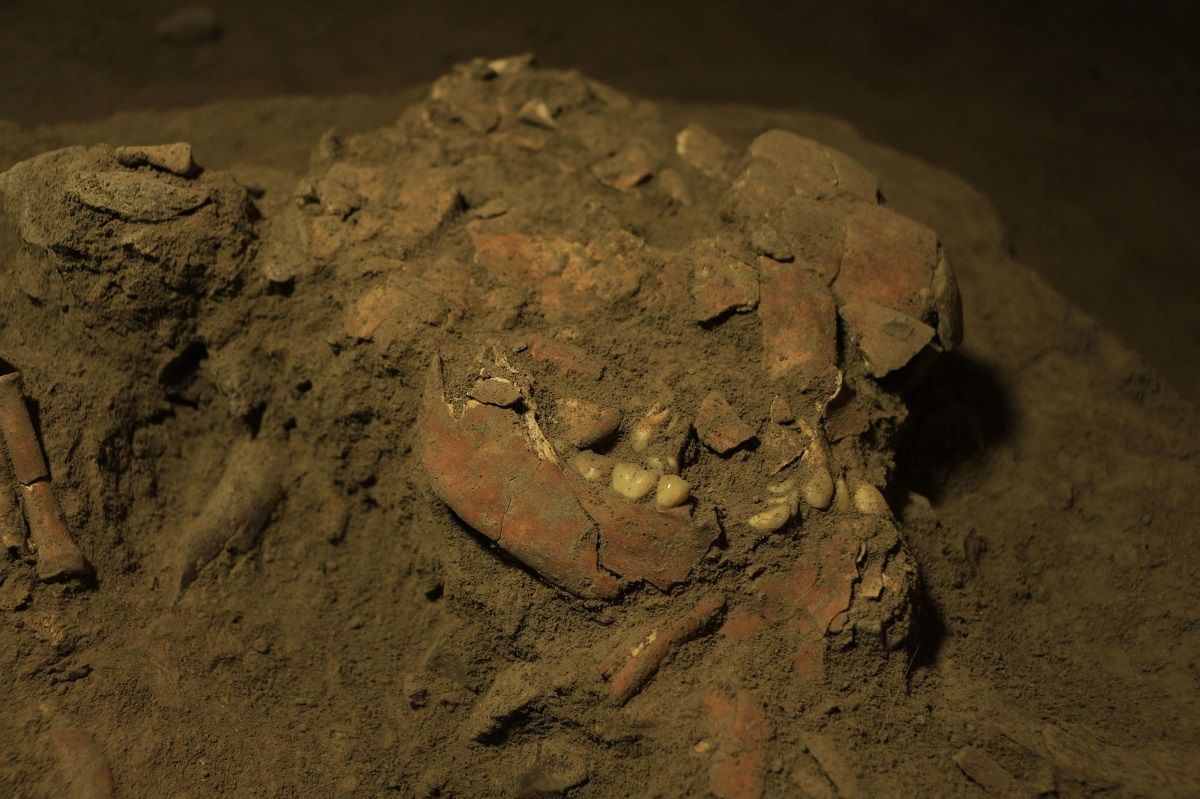Archaeologists, during excavations in Leang Panninge cave on the island of Sulawesi, unearthed the remarkably well-preserved skeleton of a 7,200-year-old female hunter-gatherer. DNA analysis of this skeleton, nicknamed Besse, reveals a genetic makeup unlike any other early human remains ever found.
The significance of this discovery lies in challenging long-held theories about human migration patterns in the region. Previously, it was believed that a population known as Austronesians brought East Asian DNA to Wallacea, a group of islands separating mainland Asia from Australia, around 3,500 years ago. However, Besse’s DNA paints a different picture.
Analysis conducted by a collaborative team of Indonesian and international researchers, published in the journal Nature, revealed that Besse shared genetic ancestry with both modern-day New Guineans and Indigenous Australians. This finding aligns with existing understanding. More intriguingly, the analysis also unearthed evidence of a distinct human lineage, previously unknown to science, present in Besse’s DNA. This discovery suggests the existence of an ancient human population in Wallacea with a unique genetic makeup.
“This is the first time anyone has reported the discovery of ancient human DNA from the vast island region between mainland Asia and Australia,” explained Adam Brumm, an archaeologist at Griffith University’s Australian Research Centre for Human Evolution and co-leader of the research project. The retrieval of such ancient DNA is a remarkable feat in itself, considering the rapid degradation of genetic material in tropical climates. “It is very rare to find ancient human DNA in the humid tropics – that’s why this is such a lucky discovery,” stated Brumm.
The discovery of Besse not only provides the first complete skeleton of a Toalean, an early hunter-gatherer culture of the region, but also throws open new questions about human migration patterns in Southeast Asia. The presence of a previously unknown human lineage alongside ancestral links to present-day Papuans and Indigenous Australians necessitates a reevaluation of our understanding of human settlement in Wallacea.
Further research is underway to delve deeper into this captivating discovery. As scientists analyze Besse’s DNA in more detail, we can expect to gain a clearer picture of this mysterious human lineage and its role in the rich tapestry of human history.
